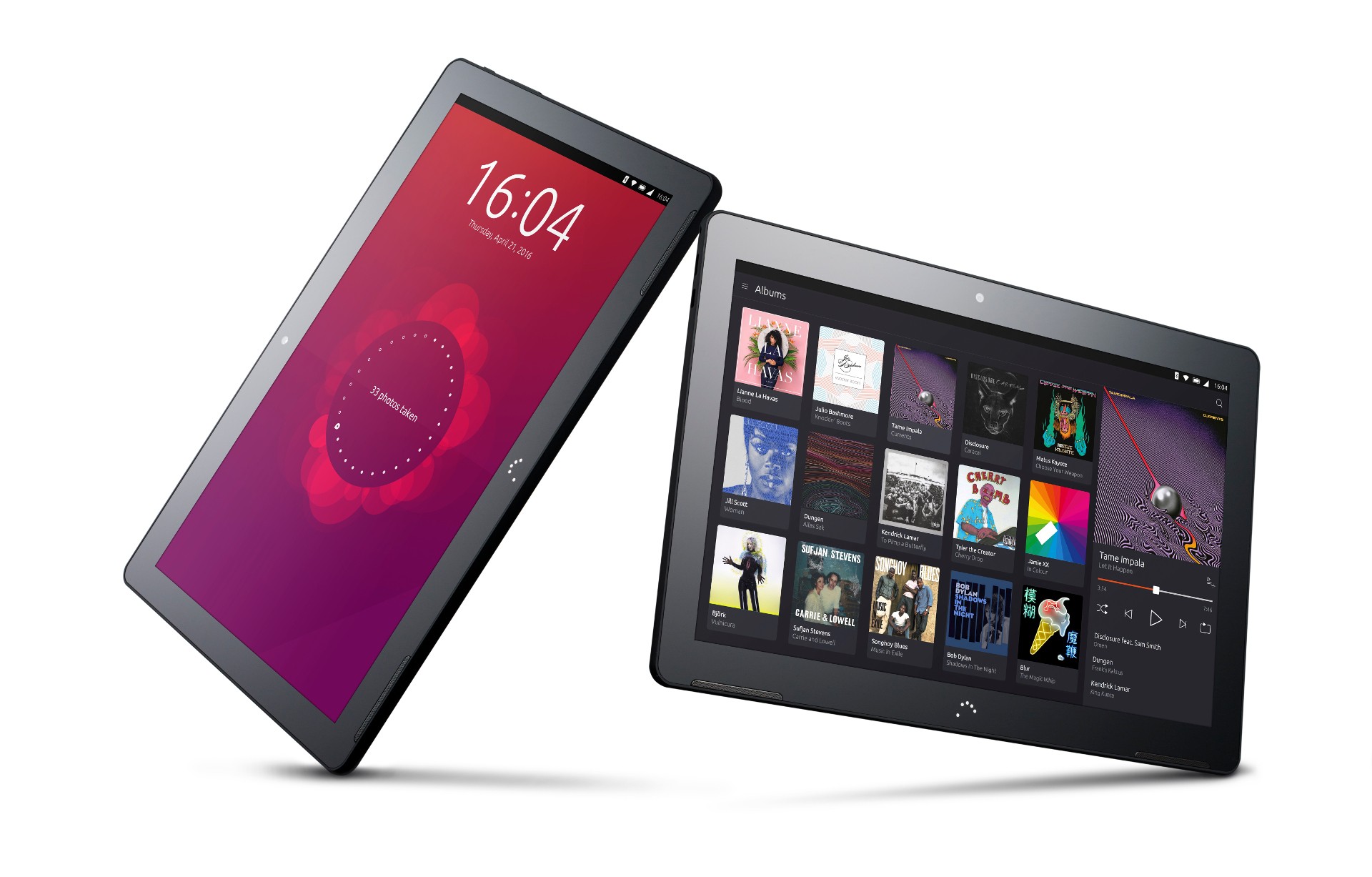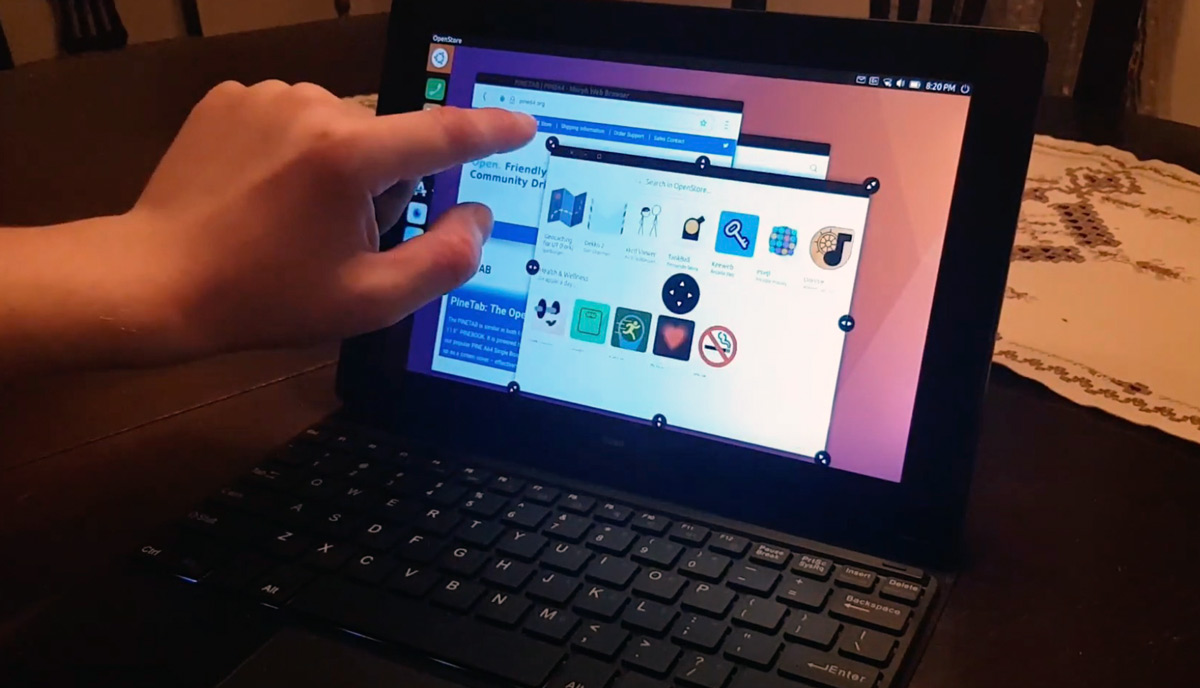
#Ubuntu linux for tablet install#
Now that I have another, better Windows 10 tablet, the ALLDOCUBE Mix Plus, Im looking to install a Linux distro on the Hi8 Pro.
#Ubuntu linux for tablet android#
When I bought it, it had a dual-boot configuration with both Windows 10 and Android, but removed the Android part so that I have all 32GB of eMMC storage for Windows 10. So don’t expect high-performance, cutting edge tablets to run Linux perfectly just after release. I have a CHUWI Hi8 Pro tablet with Windows 10.

That’s mainly because there’s been more time to unpack and understand the older hardware. You May Be Limited to Older Hardwareįollowing on from the previous point, you may find that the devices Linux works best on tend to be older. A good place to start is the Ubuntu Touch compatible devices list. 3 lubuntu wifi with wicd-curses 4 Peppermint OS - A Quick Review 5 Distro Review - Deepin Linux 15. Hardware compatibility is ultimately in the hands of the Linux community and there are so many different tablet models with different hardware, it’s impossible to cover them all. 1 Running Linux on Windows Tablet 2 Distro Experience:Zorin 15 Lite,AntiX & MX Linux. If you install Linux on an eligible tablet yourself, there’s no guarantee that all of your hardware will work or work correctly. The manufacturer will ensure that the software works properly with the hardware of the tablet. If you buy one of the rare tablets that ships with Linux, you’ll of course have the best experience. Linux on a tablet or smartphone is far from being as mature as either Android or iOS, so don’t expect to have a totally smooth ride. While there are various options for tablet-based Linux distributions, Ubuntu Touch is the best place to start.

It also has a desktop mode, similar to Samsung Dex and the upcoming Android desktop mode. It’s significantly modified, ported to run on ARM processors and has dropped components that aren’t relevant to mobile device use. Ubuntu Touch isn’t just a reskin of the desktop OS. Ubuntu Touch also has the largest number of supported devices and an active support community.

This is a daunting task, since virtually all Linux shells that have come before were designed for a keyboard and mouse interface.


 0 kommentar(er)
0 kommentar(er)
